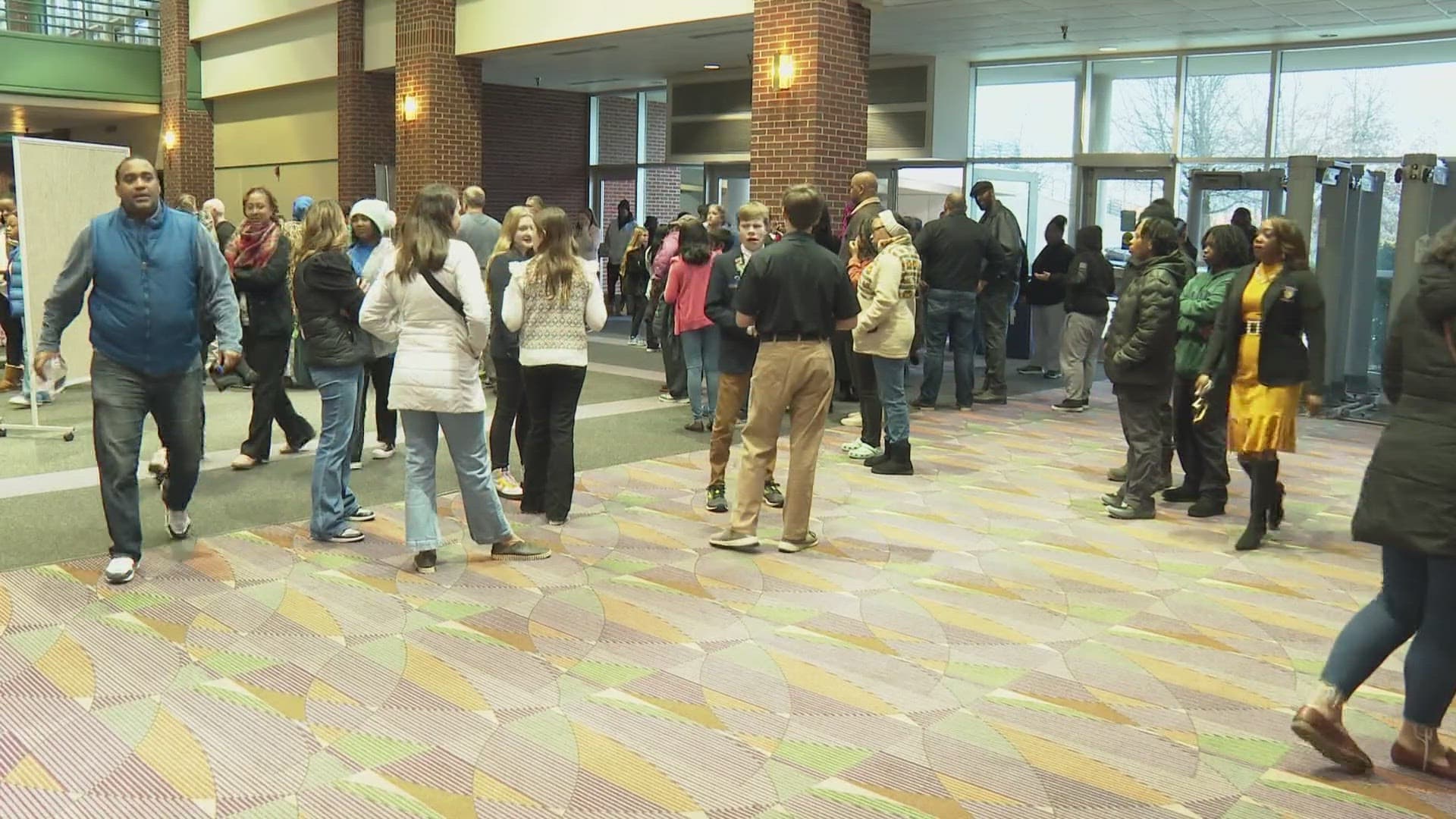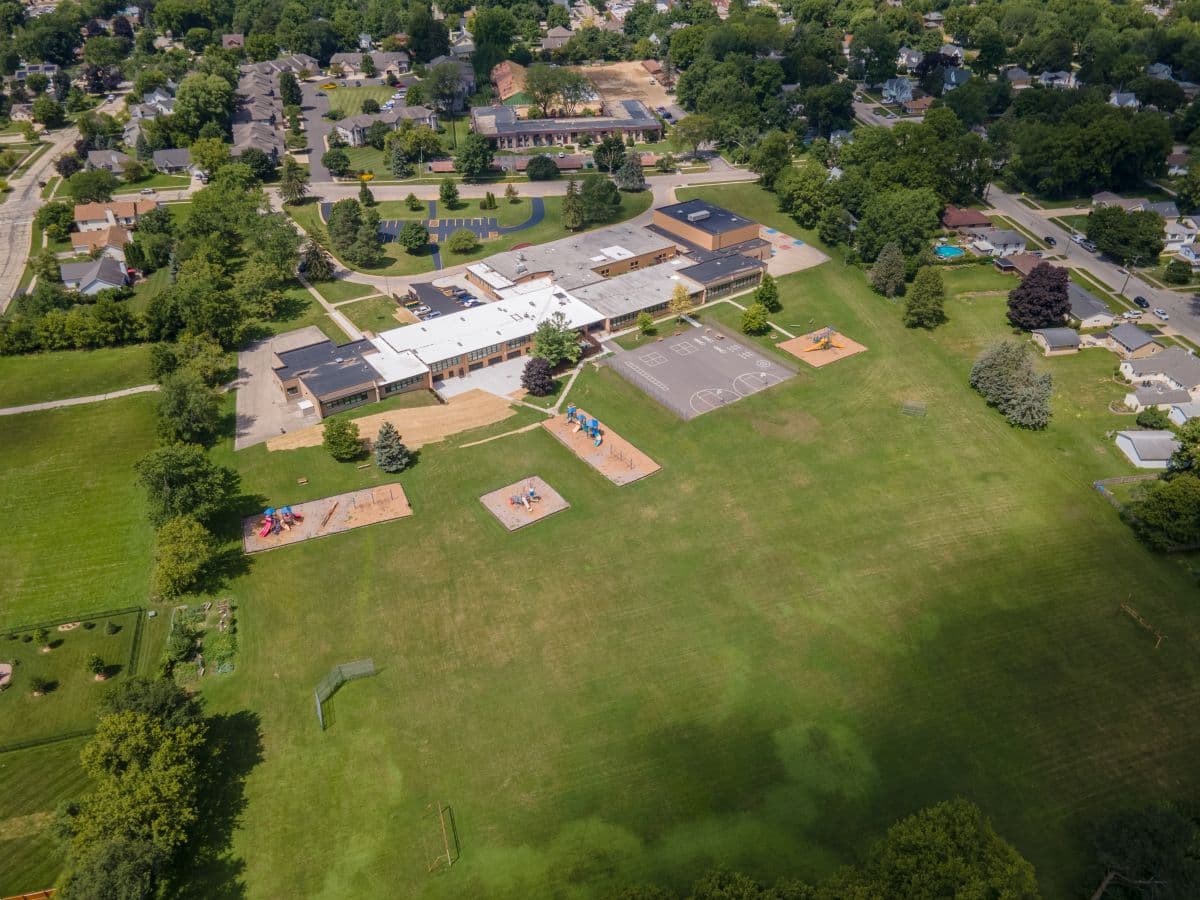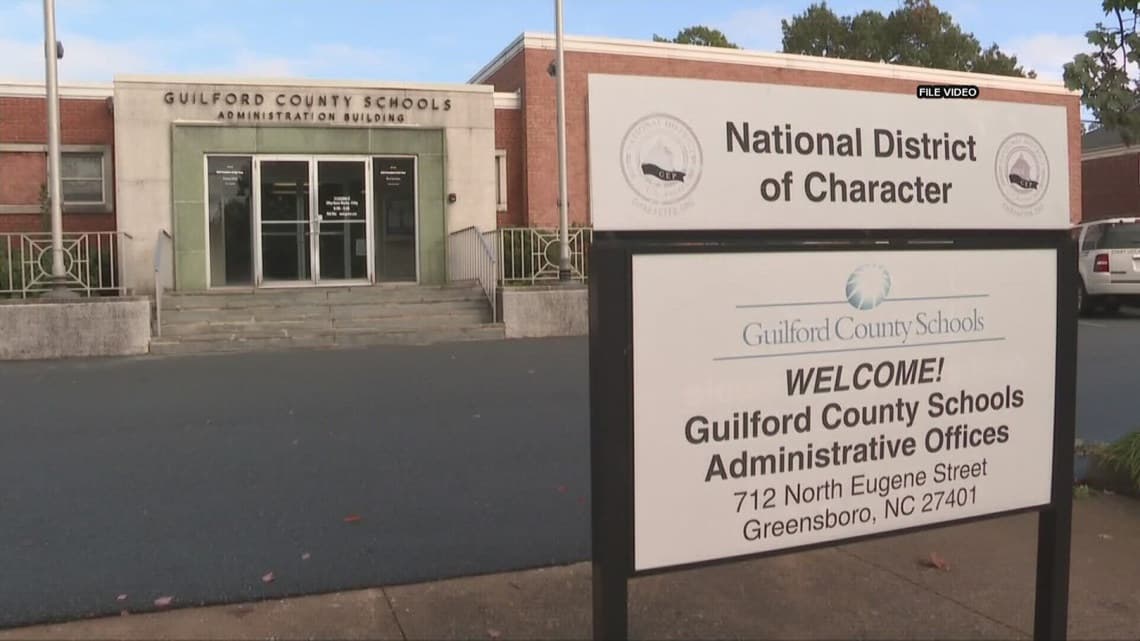Guilford County Schools Adopt Budget Resolution, Allocate $12.3 Million Increase
The Guilford County Board of Education passed a budget resolution on November 18, 2025 to fund operations for the fiscal year that began July 1, 2025, relying on local dollars while state and federal budgets remain unsettled. The resolution directs $4.8 million to salary and safety projects and reallocates other local funds to cover rising mandatory costs, a move that will affect staffing, school safety upgrades, and classroom services across the county.

Facing uncertainty from the North Carolina General Assembly over a full biennium budget for 2025 and 2026, the Guilford County Board of Education adopted a resolution on November 18, 2025 to set a working budget for the current fiscal year. The action follows final approval of the county budget by the Guilford County Board of Commissioners on June 18, 2025, and reflects a $12.3 million increase in local funding over the prior year.
Of the $12.3 million increase, the district set aside $4.8 million for designated priorities. Three million dollars were earmarked for classified staff salary increases, addressing pay for many frontline employees who support daily school operations. Another $1.8 million was allocated for safety and security projects, with the district citing upgrades such as touchless scanners at middle and high school entrances as examples. The remaining $7.5 million will be applied toward projected legally required and sustaining operations cost increases that the district estimates at roughly $10.5 million, including higher utility bills and enrollment shifts linked to charter growth.
Guilford County Schools had sought more than $31 million in additional local support in May, a request that included $26.7 million to expand salary increases for both classified and certified staff. With only partial local support and continued uncertainty around state and federal contributions, the district realigned more than $4.9 million in local dollars to cover immediate needs. District leaders also prioritized hiring for the highest need positions and redistributed staff caseloads where necessary to maintain essential services.
Locally the resolution matters because it allows schools to continue operations and move forward with targeted compensation and safety work while broader funding questions play out. For employees, the allocation for classified pay recognizes ongoing concerns about retention and the affordability of working in public education. For families, investments in safety measures and the redirection of funds to cover rising utility and operational costs aim to keep classrooms open and buildings secure.
The budget choices also underscore deeper policy and equity challenges. Enrollment shifts toward charter schools change student distribution and impose costs on the district that affect resources for students with higher needs. Funding uncertainty at the state level constrains long term planning, and the gap between what the district requested and what it received highlights ongoing tensions over how local, state, and federal dollars are apportioned.
The district published its budget summary and the adopted resolution online, providing residents and stakeholders with the full text and line item detail as the community monitors implementation and waits for final state and federal budget action.


